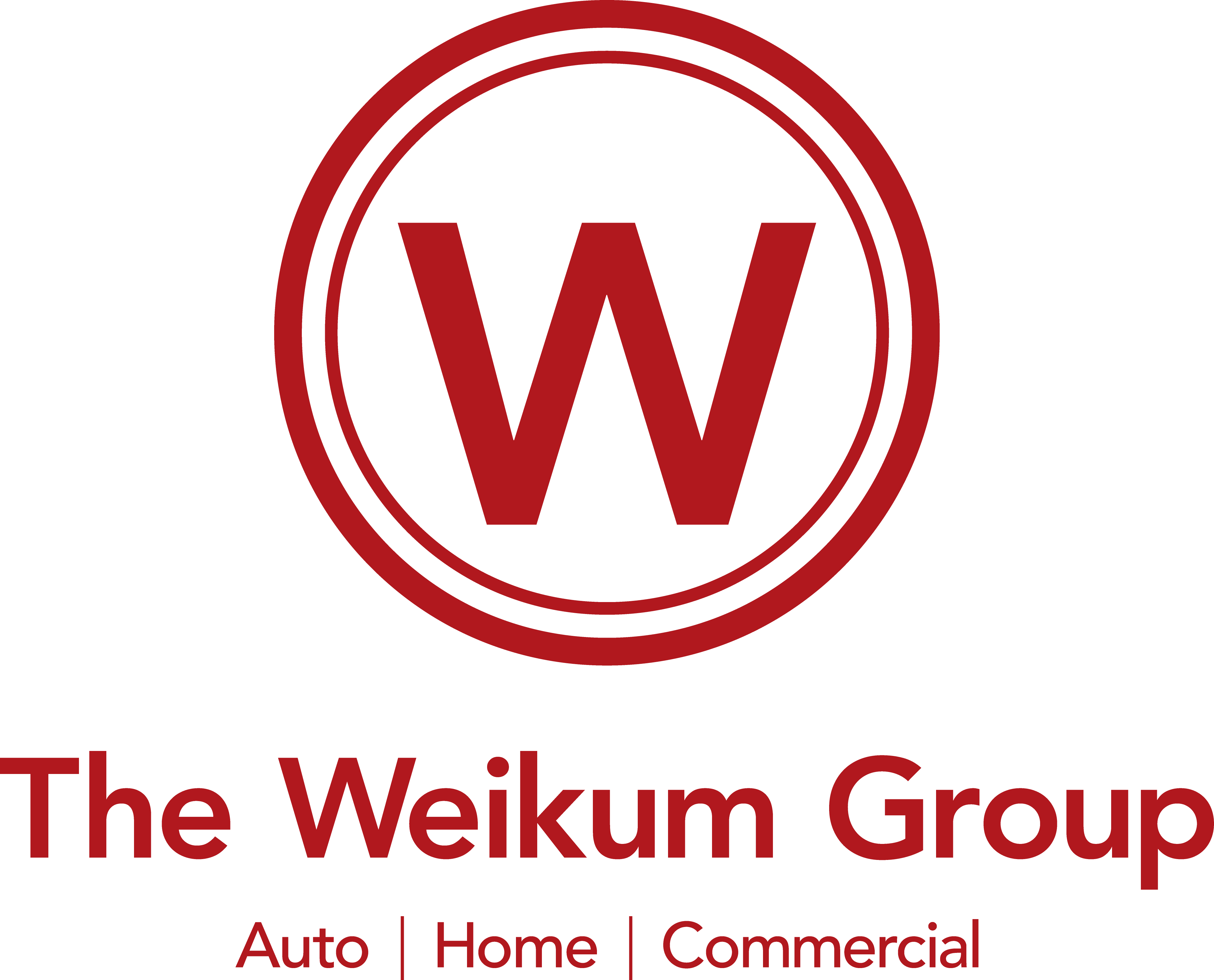GAP COVERAGE
What is Gap Coverage?
When discussing buying a new vehicle, people often jest with jokes such as, “Once you drive off the lot, the vehicle is worth 1/2 of what you paid!” That kernel of wisdom, while funny, comes from a financial heartache that many people experience.
As a general rule of thumb, vehicles do not increase in value. That depreciation is the core of GAP coverage.
Gap coverage is the difference between Actual Cash Value and Loan amount.
Actual cash value is the price someone would pay for a product in its current state. With vehicles continually depreciating, it should be no surprise that many people can not sell their used vehicles for as much or more than they paid for the vehicle.
So when a vehicle is involved in a car accident, personal insurance policies cover automobiles settle claims on an ACV basis. That is the cost in which a reasonable and prudent person would pay for the vehicle moments before the accident. The ACV settlement doesn’t always cover the remaining balance of the loan. The difference in the insurance settlement and the remaining balance is the GAP we are discussing here.
Quick examples
Let’s say I purchase a 2020 Kia Optima for $50,000. The ACV of a brand new vehicle (which should also equal its RCV since it is brand new) is $25,000. Let’s say that you accidentally total the vehicle two weeks later. Let’s say the insurance company found fifty other Used 2020 Kia Optimas for $20,000 and offered to settle the claim for $20,000. The GAP would be $50,000-$20,000= $30,000. The GAP coverage would assume the $30,000 to pay off the loan.
Yet let’s say the insurance company settled the claim for $50,000. Even with GAP coverage, there has been no loss, and the GAP would not apply.
Is GAP worth it?
As with most insurance policies, there is always a certain risk where clients will pay for coverage, and no benefit will be received and vice versa.
I often ask clients, if the vehicle were to total in the first two years of ownership, could you afford to pay off the GAP to your lender, AND qualify to purchase a new vehicle. Most people can not afford to pay off the loan, AND have the money for the down payment for a new vehicle. Often leading clients to purchase a new vehicle that might not be what they wanted, but the one they could afford. That is not an ideal outcome when it comes to a claim.
I hate hearing I need the cheapest policy
As an agent, I get this almost weekly. When I was adjusting a claim, NO CLIENT HAS EVER CAME CLOSE TO MENTIONING THIS. Further, many people do not even know these kinds of scenarios play out, as they have never had this situation play out. GAP coverage is particular. It will only step in IF the vehicle is a TOTAL loss, typically with in the first TWO years of ownership. That is why GAP coverage is very cost-friendly.
Education is key. If an individual is offered and educated on the potential outcome, then no matter what outcome follows, it was a decision made from an educated place. Should a person purchase GAP and never use it, but understood it was valuable for them should they need it, then money well spent.
The point of this article is not to drive every person who owns a new vehicle to have GAP; it is to make sure our clients understand their options.
If you are a current client with TWG and would like to review your policy, fill out the form below.
If you are not a current client with TWG but would like to review your current policies, we would love to meet you!



